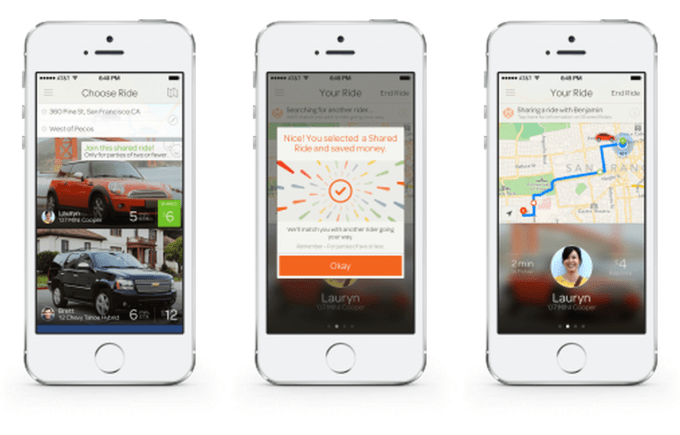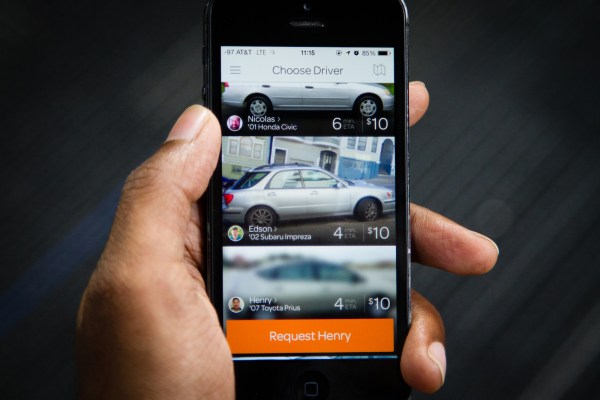San Francisco-headquartered ridesharing startup Sidecar, which competes with on-demand car services like Uber and Lyft, announced this morning it has raised an additional $15 million in funding. The new round comes from existing investors Avalon Ventures and Union Square Ventures, and includes participation from new investor and Virgin founder Sir Richard Branson. Previously, Sidecar had raised $20 million through A and B rounds, the latest of which was announced in February.
At the time of its last close, Sidecar had pivoted to offering a ride-sharing marketplace in order to differentiate itself from competitors. The new version of the service, which also debuted in February, gave drivers more flexibility in pricing for drivers, while also providing passengers with more choice as to which drivers or cars they would choose.
More recently, the company rolled out Shared Rides in San Francisco, allowing customers to save on the cost of their trips by getting matched with other nearby riders who then share the car and the price of the ride with you. To date, Sidecar says it has offered Shared Rides to 13,000 people since its launch four months ago, and is now planning to grow the service by expanding it locally and “beyond,” with the goal of hitting 500,000 rides in one year.
USV’s Fred Wilson, also a board member at Sidecar, shared his thoughts this morning about why he’s “doubling down” on ride-sharing, saying basically that Sidecar is a true ride-sharing service where others are a “new form of limo service powered through technology.”
“The tech industry has grouped many different apps under the label ridesharing. The name comes from the idea that anyone can be a transportation provider by taking out their car and giving rides via an Internet network powered by mobile apps in both the driver’s and rider’s hands,” writes Wilson on his blog. “That isn’t really ridesharing.”
Sidecar, he explains, is about really reducing the number of vehicles on the road through its model, which allows anyone to drive and allows drivers to fill cars with as many people as is safely possible. It’s a model that’s inspired by the shared taxi services found in other developing nations, but only recently have been translated to make sense for various first-world markets, like the U.S. and parts of Europe.

“I am very excited by the potential of Shared Rides,” Wilson adds. “I don’t really see any other way that regular people who can spend a few dollars, but not tens of dollars, every day to get to work, can take advantage of ridesharing.”
Meanwhile, new investor Branson says he invested in Sidecar because he doesn’t believe that ride sharing is a “winner takes all market.” (Uber and Lyft’s price wars and hardcore recruiting attempts would lead many to believe otherwise, of course.)
“These are early days and, like a lot of other commodity businesses, there is room for innovators on great customer experiences,” says Branson. “Sunil and Jahan and the team have the potential to make a real difference in the market.”
